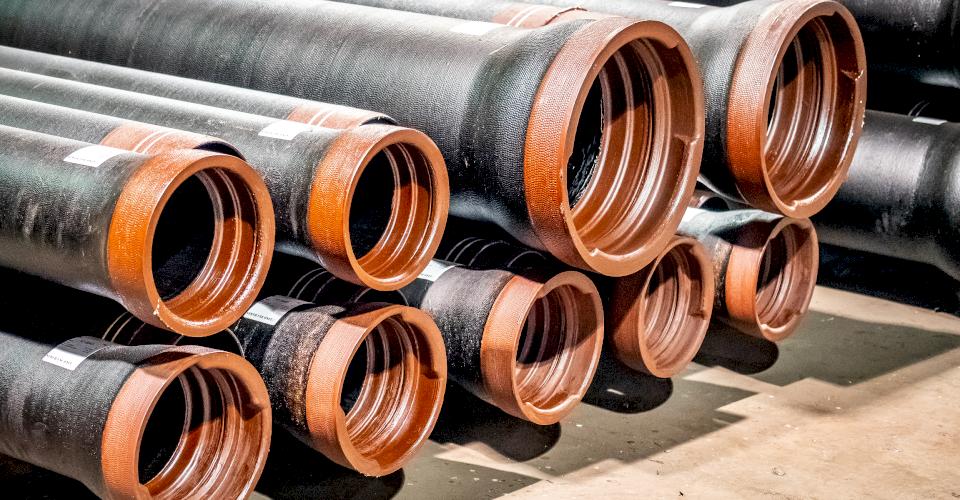Sewer systems are one of the most important components of any city or town. Without a functioning sewer system, everything from basic sanitation to business operations would come to a standstill. There are a lot of factors to consider when choosing the right bonded sewer company, and this post will explore some of the most important ones. From experience and certifications to reputation and customer reviews, read on to learn what you need to know in order to find the perfect company for your needs.
When it comes to choosing a bonded sewer company, there are a few things you should keep in mind. First, look for a company with a good reputation. Make sure the company has been in business for long enough to have built up a good track record. Also, be sure to check out the company's licensing and certification information. This will tell you if the company is certified by relevant organizations and meet applicable regulations. LM Olson Inc company provides a wide range of sewer services, including sewerage installation, repairs, and replacements. etc

Image Source: Google
Next, consider the size of the bonded sewer system your home requires. You'll need to weigh all of your options before making a decision, but typically larger systems are more expensive than smaller ones. Finally, be sure to ask about any optional services the bonding company may offer, such as stormwater drainage or sanitary sewer backup containment.
There are a variety of different types of sewers, each with its own unique benefits and drawbacks. Before you choose a sewer company to install your new system, it's important to understand the different types so you can make an informed decision.
An underground drainage system (UDS) is the most common type of sewer used nowadays. These systems are typically made up of rectangular trenches filled with gravel, masonry, or plastic pipes that run beneath the ground. UDS provides an efficient way to remove rainwater and sewage from urban areas and they're often used in conjunction with Storm Sewer Systems.
